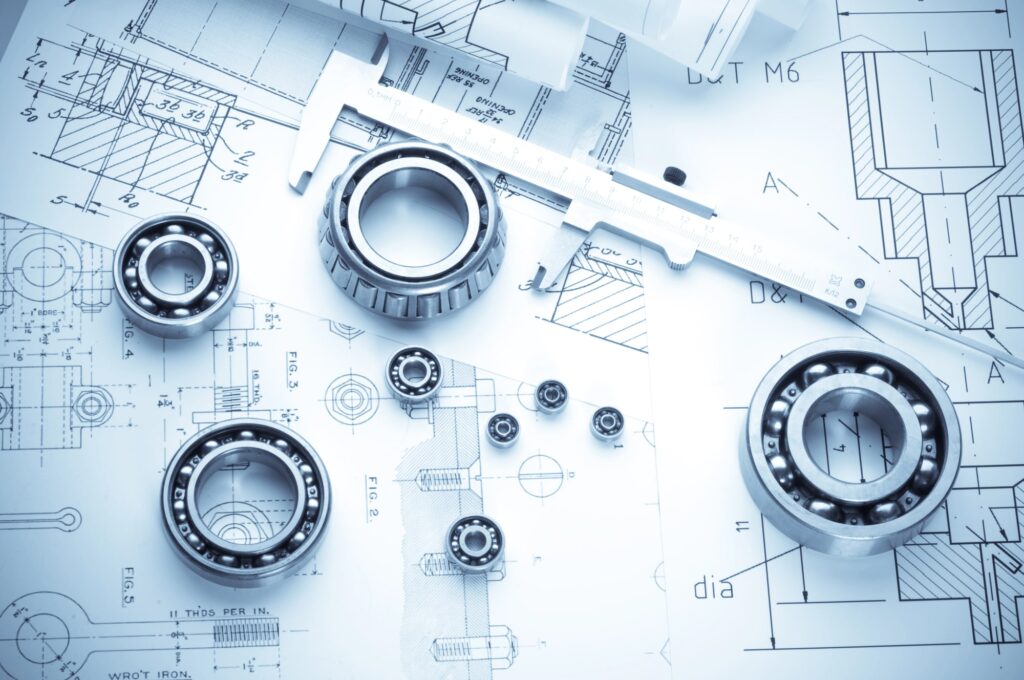The interplay between music and architecture shapes our perceptions of spaces in unique ways. This blog post explores how sound and structure influence each other, from curated playlists in hospitality spaces to bold contrasts that challenge design norms.
By looking at examples like Sessions Arts Club in London and unexpected juxtapositions, we see how architecture and music together redefine atmosphere and human interaction.
The Symbiotic Relationship Between Music and Architecture
Music and architecture both engage our senses. Auditory and visual elements can work together or intentionally clash.
This connection shapes our response to environments, making each space more than just a physical place. It becomes an emotional and experiential setting.
Architecture acts as a canvas for music, which paints mood and personality. Music, in turn, elevates the design and function of spaces.
Curating Atmospheres with Music
The Sessions Arts Club in London shows how music can be a key design element. Soda architecture practice integrates soundscapes into its spatial strategy, crafting atmospheres that change throughout the day.
Book Your Dream Vacation Today
Flights | Hotels | Vacation Rentals | Rental Cars | Experiences
A curated playlist moves from calm piano melodies during the day to lively disco beats at night. This shift mirrors the venue’s changing identity and adapts to patrons’ rhythms.
- Enhancing ambiance in social environments
- Reflecting changing moods and utility
- Encouraging interaction and engagement
Careful music selection complements the club’s design and guides guests through an experience where architecture and sound meet.
The Art of Contrasts: Music and Architecture in Unusual Pairings
Harmony often defines the relationship between music and architecture, but contrasts can be just as powerful. For example, imagine a choir singing inside a brutalist former beer factory.
Soft, angelic voices fill the space, clashing with sharp concrete edges and industrial geometry. This pairing invites audiences to reinterpret both the music and the architecture in new and exciting ways.
Challenges of Balancing Flexibility
For flexible workspaces, integrating music needs a careful approach. Background soundscapes must balance:
- The material palette and design features of the space
- The need for community cohesion in open areas
- Creating intimate corners for focus and productivity
Finding this balance can shape how employees interact, affect concentration, and improve workplace culture. There is no universal solution; successful integration requires creativity and intention.
Inspiration from DJs: Breaking Traditional Rules
Soda’s architect finds inspiration in DJs and music producers rather than traditional “master builders.” This approach challenges old design norms and encourages innovation.
Architects who see themselves as curators of spaces, like DJs curating sound, can create environments that surprise and resonate emotionally.
Why Architecture’s Link to Music Needs Definition
While fashion easily connects with music, architecture is still exploring its potential. Architects and designers have a chance to push boundaries and redefine how their work interacts with sound.
This ongoing evolution ensures our built environments are not only functional but also meaningful in how they engage our senses and emotions.
The Core Principle: Rules Were Made to Be Broken
At the heart of integrating music and architecture is the principle that rules exist to be challenged. Whether creating harmony or experimenting with contrasts, the relationship between these two disciplines offers many possibilities.
Design spaces enriched by soundscapes and intentional choices breathe new life into our environments. These approaches enhance human connection on deeper levels.
As architects and designers, we hold the power to transform spaces into multi-sensory experiences. Embracing the interplay of music and architecture allows us to craft environments that resonate visually and aurally with those who inhabit them.
Here is the source article for this story: Good architects need a DJ on their team – here’s why
Book Your Dream Vacation Today
Flights | Hotels | Vacation Rentals | Rental Cars | Experiences

